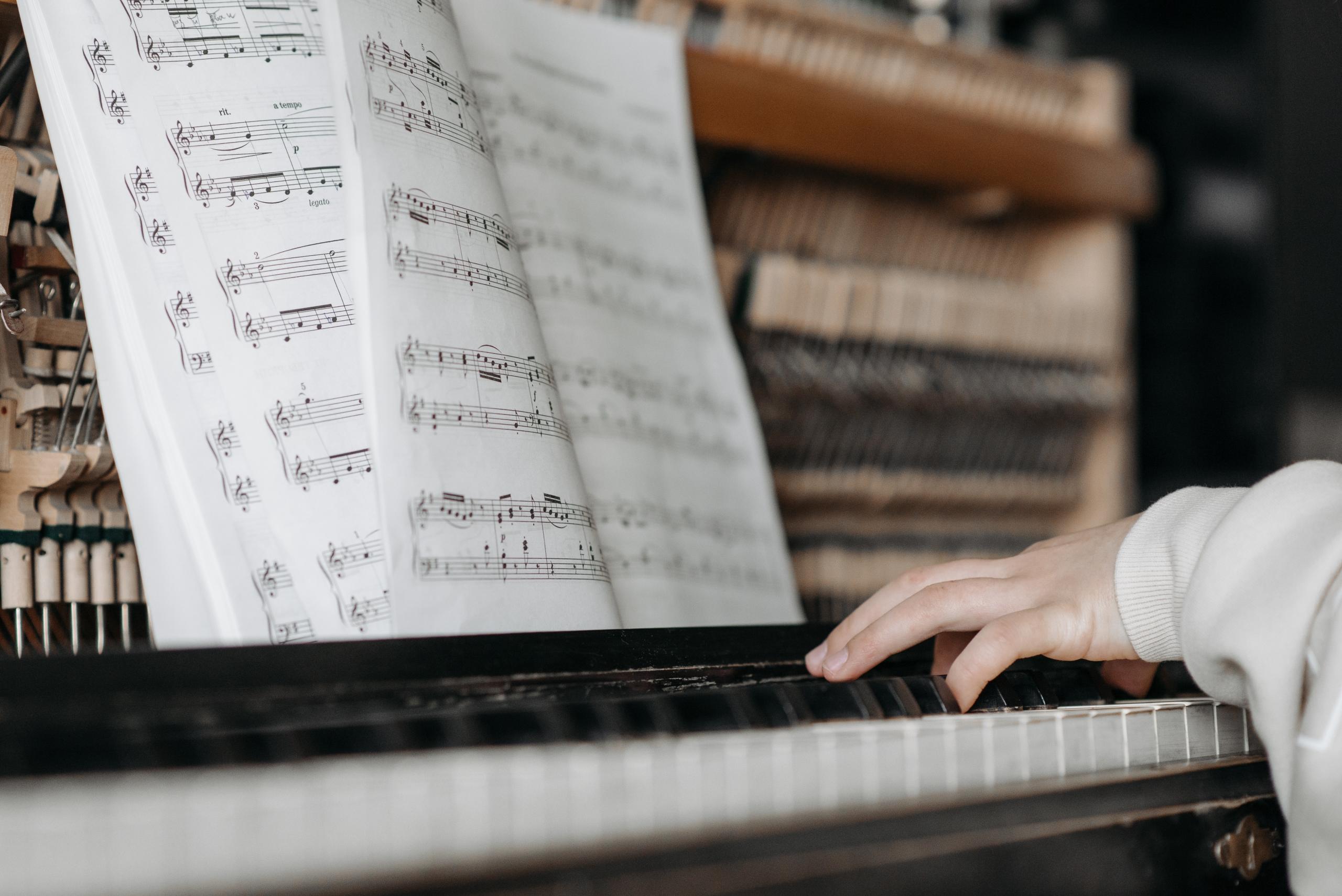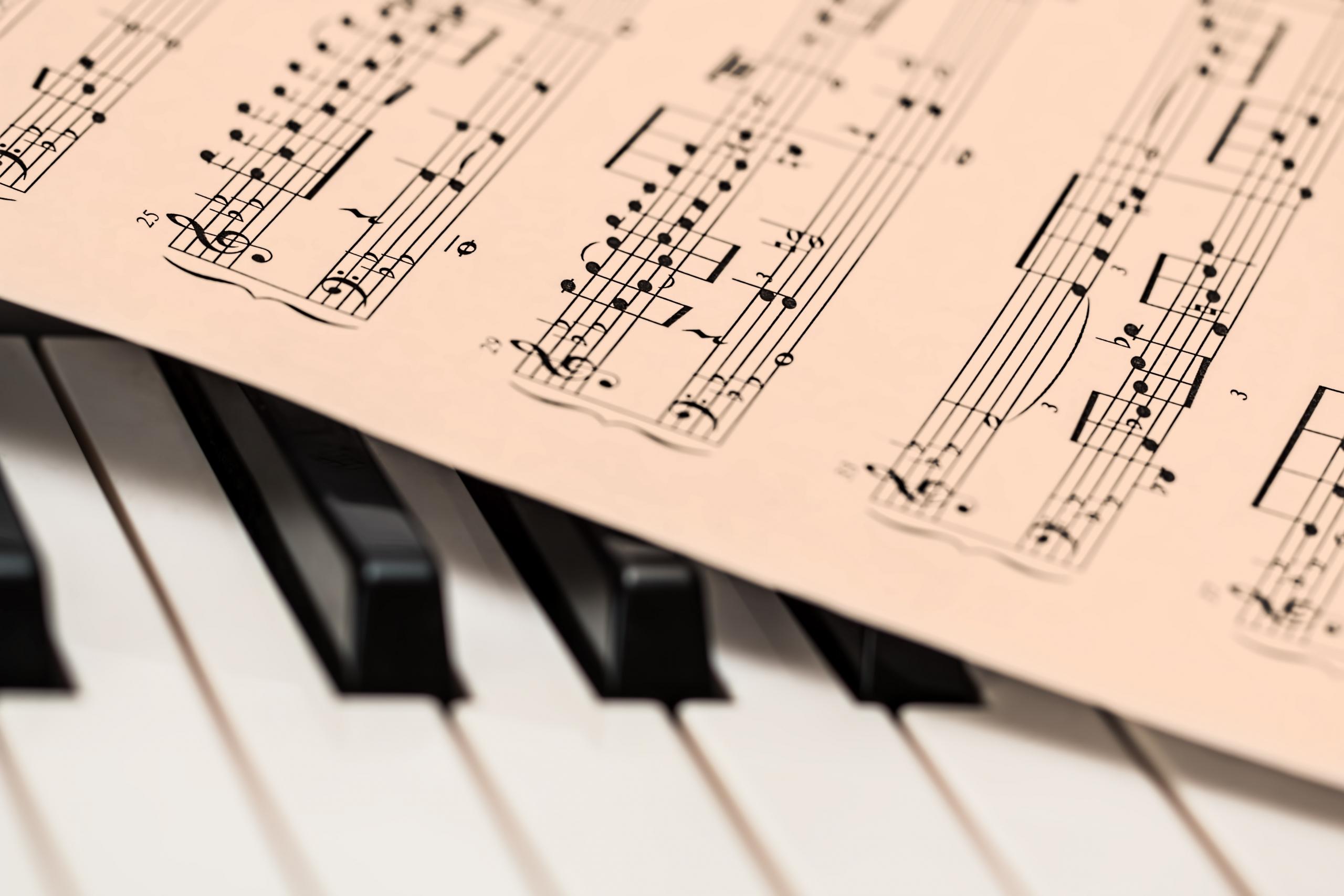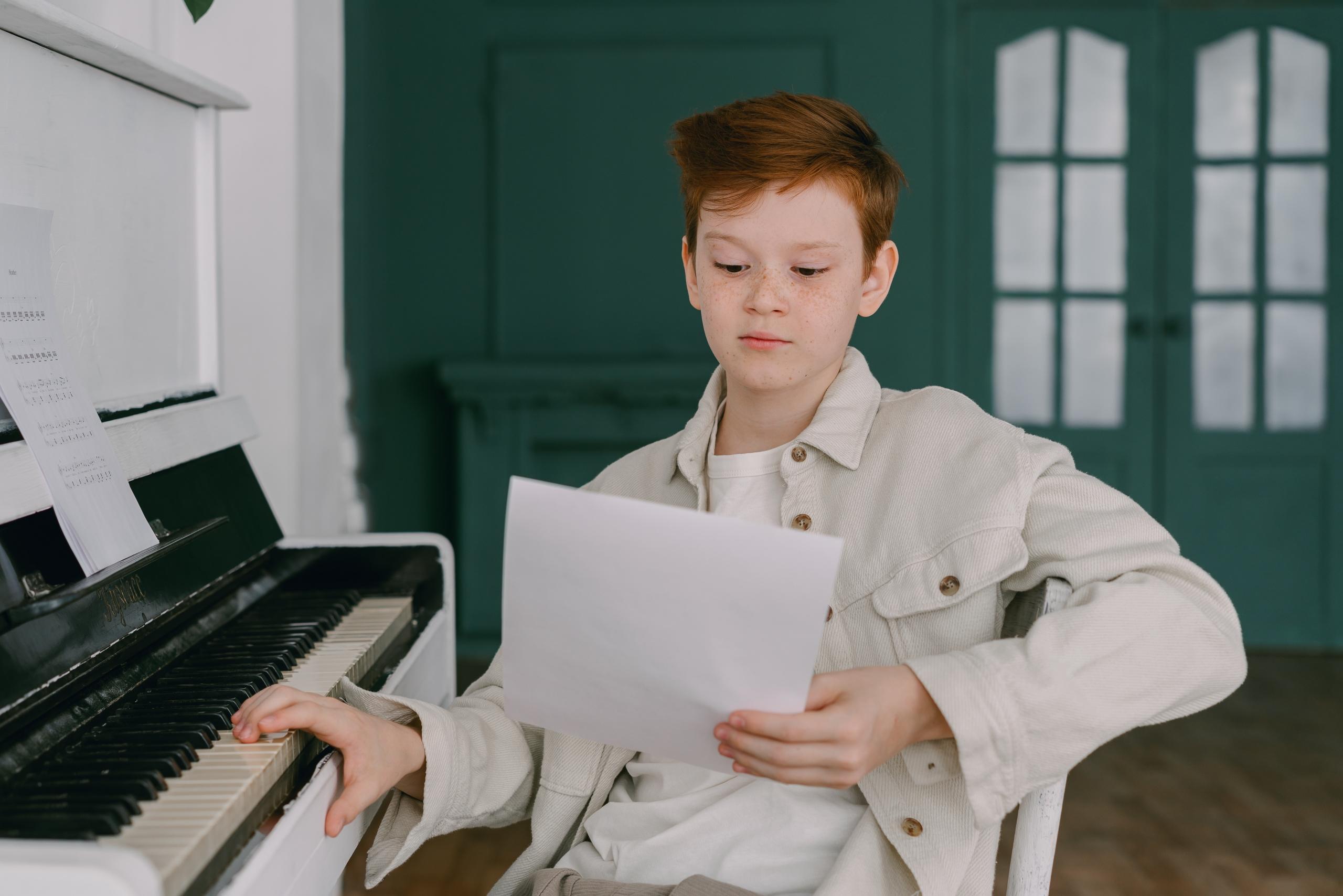So, you feel that your child will do well if he or she learns how to play the piano, however, you still have numerous questions that you would like answers to.
Such as, private piano lesson or group piano lesson? What are the top 3 methods for learning to play the piano?
The internet is a good source of research for finding out how your child can learn to play the piano rather easily; however, we are here to simplify the multitude of instructions available online and give you our top three methods for learning the piano. We don't claim that you will be able to play perfectly in a week, but we are certain that our three methods offer great guidance for beginner piano players.
First, start off with piano theory.
Want to give private lessons?
Join the Superprof community and share your knowledge with inquiring and motivated students.
First Method: The Traditional Method
Whether your child chooses to learn how to play the piano by himself or herself, or goes down the route of learning how to play the piano with a piano instructor, following the traditional method of learning how to play the piano should be a must.
A beginner piano player must get to grips with piano theory.
While piano theory sounds like such a difficult thing to grasp, it is simply the same as music theory with the focus being on the piano instrument.
As an enthusiastic piano player, you will need to learn key terms such as scales and chords. It seems like quite a useless thing to do to learn musical theory, but it is music theory that helps you to identify patterns in music. When you identify patterns in music, you begin to play better.
Beginner piano players may underestimate the importance of learning piano theory, but if you really think about it, it's the only way that you will be able to communicate with other musicians and piano players. If you rope in a private piano tutor, they will introduce you to piano theory, or rather the study of music, which is known as solfeggio.
Learning Solfeggio: A Way to Learn Piano Notes

One thing that most inspiring musicians don't understand is that learning music is much like learning a new language- with its own rules as well as its own characters. In order to learn music, you must understand musical notes and harmony too. This is where solfeggio training comes into play. You start solfeggio training by learning musical notes and how to read them. Only once you are able to read all the musical notes and you have completed many musical-reading exercises then you learn how to play these notes on the piano.
Solfeggio, you could say, is very important to piano learning. It is not impossible for your child to study music on his or her own since the internet is filled with useful resources. However, it is always easier to study music under the guidance of a professional music instructor or piano tutor. For additional flexibility, explore piano online lessons.
Should you be interested in learning more about solfeggio, consider reading our article on how to learn solfeggio.
You may be interested in searching for a piano tutor who will be able to help you study music, visit the Superprof site to find all available tutors in your area.
You may be wondering if learning solfeggio takes away from the idea of learning to play from the heart. Well, not at all!
Solfeggio teaches you about music and how to read and understand music, but the practice is what gets you to play from the heart.
So, solfeggio is an indispensable skill for beginner and more advanced piano players, but as much as learning how to play sheet music matters, so too does the second method of learning how to play the piano matter.
Second Method: Learning to Play Minor Piano Chords and Working on Rhythm
The next thing that you need to do once you learn solfeggio, is to work on your rhythm.
You must be able to practise actually playing the piano so that you can get to grips with what is expected of you in terms of the rhythm when you play. Whether your child is learning how to play piano by himself or herself or they are learning with the help of a piano instructor, they will need to train their ears.
The best way to learn rhythm and how to play minor piano chords is by getting comfortable with those minor piano keys.
Rhythm is something that can be felt and the more minor piano chords that you hit, the better understanding you will get of the right rhythm for a song.
The beautiful part of getting your child to learn how to play the piano with a music teacher is getting to learn all types of notes: whole notes, half notes, quarter notes, eighth notes, thirty-second notes, etc.
The piano instructor will start by teaching you how to play minor notes and once you are clear on this, they will guide you on how to play the major piano notes.
Remember, a sign that you are learning how to play the piano is the fact that you are progressing through the chords.
Third Method: Learning Major Piano Chords

While solfeggio and rhythm help you to become a better piano player, you need to learn how to play the full range of piano chords, including learning how to play major piano chords.
Once your child is more settled with solfeggio and playing minor piano chords, your child's piano instructor will teach your child the correct stance and posture in order to play major piano chords.
While it does seem like all three steps happen one after the other in somewhat of a sequence, sometimes these three steps are taught all at once. You move from learning solfeggio to learning minor chords and eventually major chords all at once.
Solfeggio helps you to understand and decode the music on the music sheet. It is rhythm and playing those minor and major chords that transfers music on the sheet to a sweet melody worth listening to.
The more you work on all three elements, the easier it will be to play the piano. Again, your child may be fully capable of learning how to play the piano by himself or herself when using the three methods mentioned above. However, we do feel that a professional piano instructor can make a world of difference in terms of transforming an average piano player into a great piano player.
The Long and the Short of Learning to Play the Piano
We have to admit that this three-step method does take a while. Your child will have to regularly attend piano lessons if he or she would like to become a better piano player and advance from a beginner level to a novice level. However, if your child is merely missing around with the idea, but he or she is not serious about taking his or her piano experience up a notch, he or she can learn how to play the piano in a simpler manner.
Your child can choose to learn how to play their favourite tunes, by following step-by-step videos on YouTube.
By merely listening to the music created by a piano player, observing what keys of the piano were pressed, and replicating the way that the piano player played the keys on the keyboard, your child will be able to play a melody that he or she couldn't have played before.
Some people argue that good piano players are created by their intuition while playing, as opposed to their understanding of music or solfeggio.
Learn to Play the Piano by Replicating a Playing Pattern
To create sounds on the piano, you ought to remember that the piano is composed of chords and chord progressions. This means that the chords for a particular song follow one another according to a pattern that most people could learn. If your child learns how to play the piano by following a pattern of chords, this is a form of improvisation and an alternative way for your child to learn how to play other than by following the three steps.
Again, melody can be learnt over time. Many people argue that there is no wrong or right way to learn how to play the piano. In fact, while our three methods may help your child to reach his or her end goal faster, these methods are not set in stone.
Looking for further guidance, lean on these 4 steps to help beginner piano students. Do you know of another 3 methods that one can follow in order to learn how to play the piano more quickly?
If so, feel free to share your suggestions with us in the comments below. We love hearing all about how your child is managing his or her piano learning journey. If you or your child have not yet started piano lessons, yo might want to reach out to one of our Superprof tutors.
Want to give private lessons?
Join the Superprof community and share your knowledge with inquiring and motivated students.





